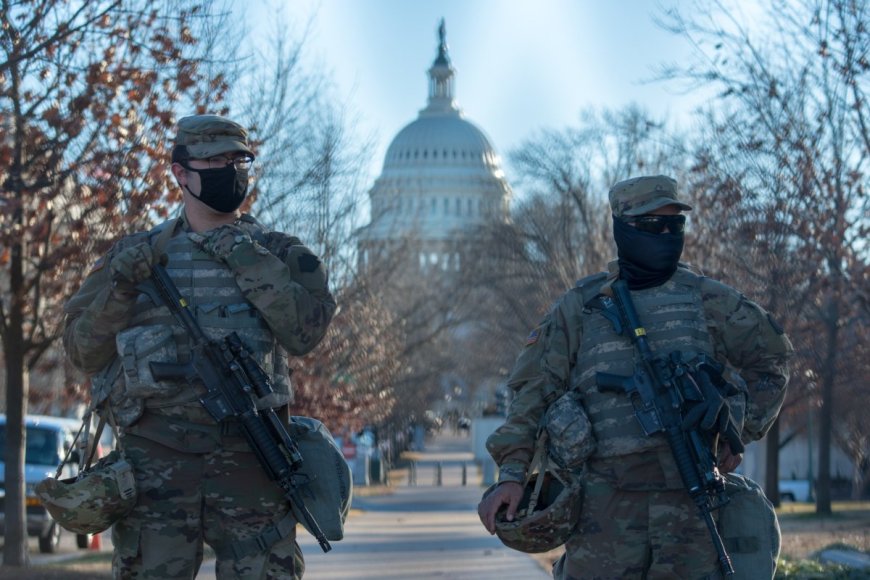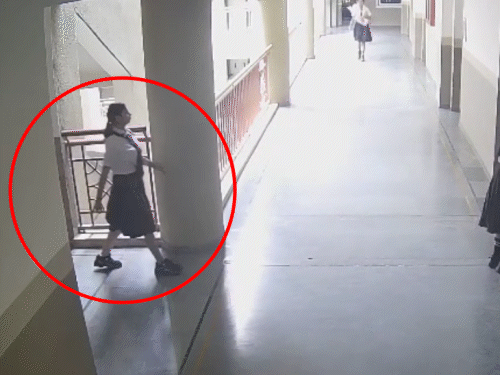Trump’s DC Crackdown: Behind-the-Scenes with Officers on the Frontlines
President Trump’s D.C. crackdown reveals tensions between officers, residents, and military involvement. Exclusive interviews and leaked memos provide a rare insider view.

Washington, D.C. — President Donald Trump’s recent directive to heighten police mobilization in the nation’s capital has drawn sharp attention not just for its political implications, but for what it reveals about the city’s strained relationship between law enforcement, communities, and federal oversight. While official statements frame the move as necessary to “maintain order amid ongoing protests,” leaked internal memos and interviews with officers suggest a more complex reality unfolding on the streets of Washington.
The Mobilization Order
In late July, Trump authorized a surge of federal and local law enforcement officers into downtown Washington, citing intelligence reports of escalating unrest. Sources familiar with the plan confirmed that the operation included not only D.C. police but also tactical units from federal agencies and National Guard deployments positioned near key government facilities.
The mobilization bears striking similarities to past “federal show-of-force” strategies used in Portland and Minneapolis. Yet, the D.C. initiative is distinguished by its scale: more than 3,000 officers rotated into the city over a ten-day period, supported by armored vehicles and rapid-deployment communications units.
One internal memo reviewed by NewsSutra described the effort as a “comprehensive security lockdown,” emphasizing surveillance coordination across multiple agencies.
Officers Speak — Anonymously
Several officers, speaking on the condition of anonymity, painted a candid picture of life on the ground.
“We’re being told to hold a hard perimeter around federal sites, but the reality is we’re dealing with neighborhoods caught in the middle,” said one officer assigned to patrol near Capitol Hill. “You can feel the tension when residents see our presence. It’s not always about safety—it’s about optics.”
Another officer stationed on Pennsylvania Avenue noted the strain of extended shifts. “There are guys pulling 16-hour days. Morale isn’t high, especially when the mission keeps shifting. One day it’s about protest control, the next it’s about intelligence gathering.”
The Community Reaction
Local residents interviewed expressed frustration at the heightened police presence. Business owners in Georgetown and Dupont Circle reported declining evening foot traffic, attributing it to “an atmosphere that feels more like a security lockdown than a functioning city.”
Civil liberties groups, including the American Civil Liberties Union (ACLU), criticized the operation, warning that the blurred lines between federal and local policing erode public trust. “When you mix military involvement with community policing, it fundamentally changes how people view their city,” said an ACLU spokesperson.
Military Involvement Raises Eyebrows
Perhaps the most controversial aspect of Trump’s crackdown is the involvement of National Guard units. Though officially designated for “logistical support,” internal communications obtained by NewsSutra indicate that Guard troops were authorized to use non-lethal crowd control measures if requested.
This revelation echoes concerns raised by military analysts who warn of a creeping normalization of domestic troop deployments. A retired Pentagon advisor, speaking off-record, described the development as “a tactical response with long-term political risks.”
A Broader Political Strategy
The D.C. mobilization comes at a time when Trump is emphasizing “law and order” themes in his broader political strategy. Analysts argue that the crackdown is designed as much for national optics as for local control.
“The images of heavily armed officers on city streets serve a dual purpose—deterring unrest while reinforcing a campaign narrative,” said political scientist Dr. Michael Harrington of Georgetown University. “But history shows these strategies often create as many problems as they solve.”
Looking Ahead
With protests expected to continue into the fall, questions remain about the sustainability of this security-heavy approach. Officers themselves express doubt that the strategy can hold without eroding both morale and public trust.
“People see us as soldiers, not as community protectors,” one officer admitted. “That’s not what most of us signed up for.”
As Washington adjusts to this new normal, the divide between the government’s security posture and the lived experiences of residents may grow sharper. Whether the crackdown restores order—or fuels further discontent—remains an open question.
What's Your Reaction?
 Like
0
Like
0
 Dislike
0
Dislike
0
 Love
0
Love
0
 Funny
0
Funny
0
 Angry
0
Angry
0
 Sad
0
Sad
0
 Wow
0
Wow
0






































































